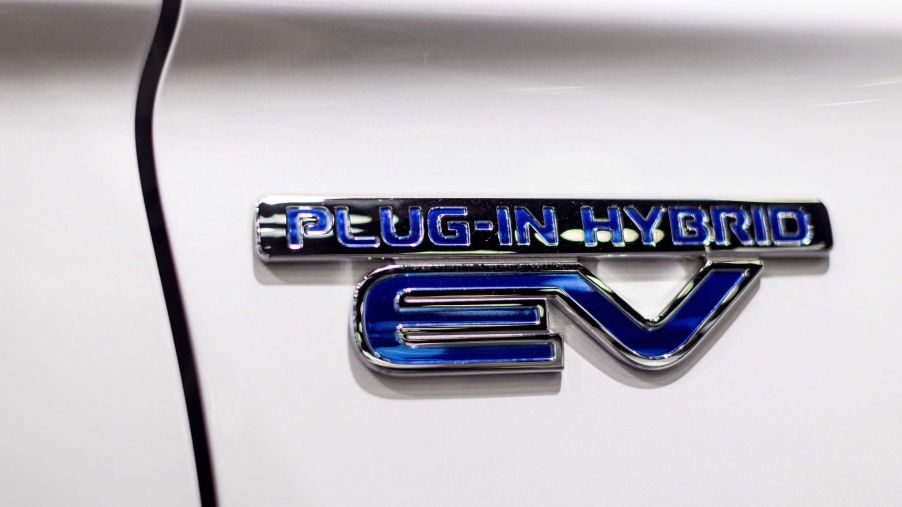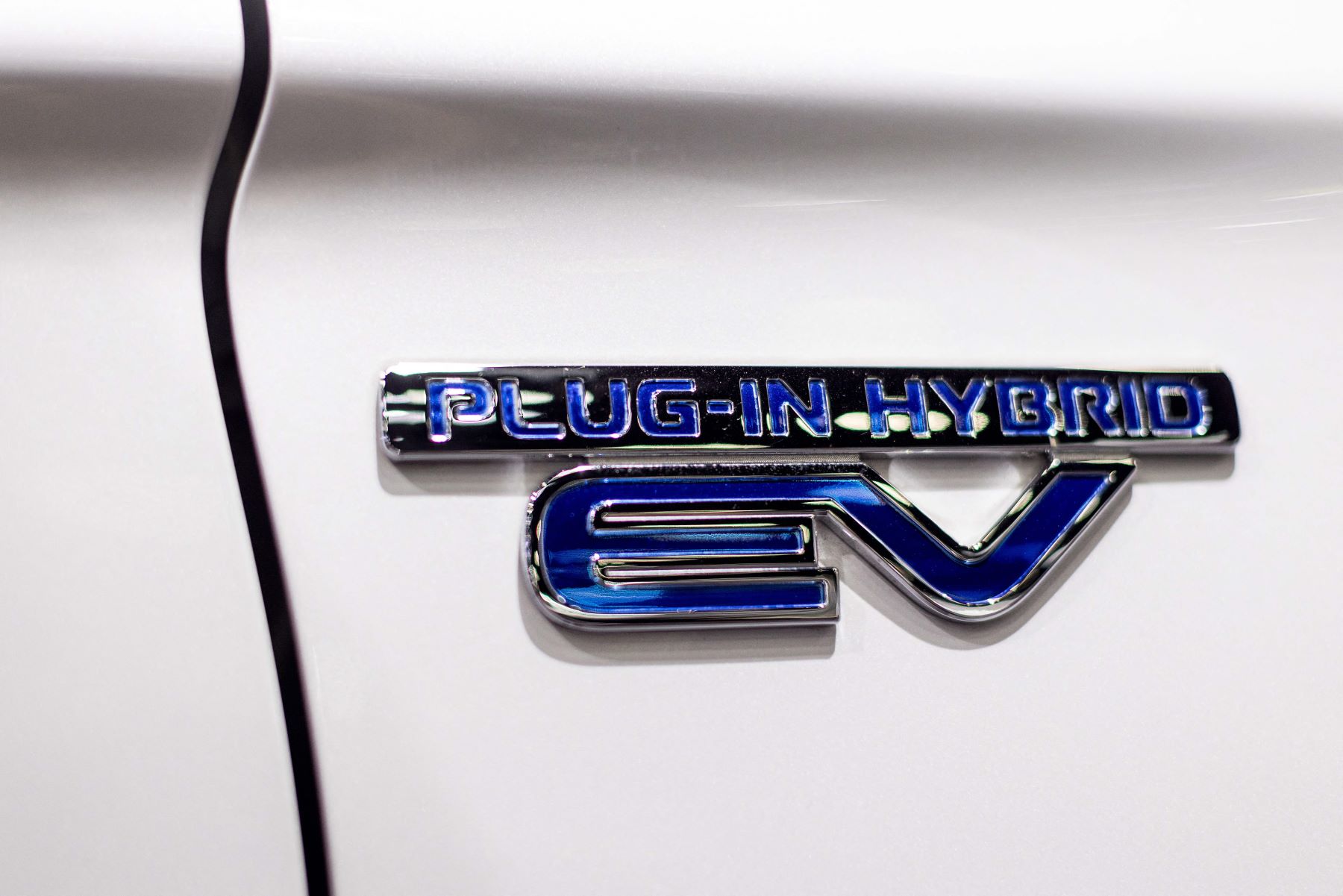
5 Reasons to Buy a Plug-in Hybrid (PHEV) Instead of an Electric Vehicle (EV)
With rising gas prices, many Americans turn to electric vehicles to save money. While they offer excellent fuel economy, an all-electric vehicle isn’t always the right choice for consumers. For some drivers, a PHEV provides more benefits for owners. Here are the five top reasons for choosing a plug-in hybrid vehicle (PHEV) over a fully electric one.
1. PHEVs are great for transitioning from a gasoline-powered to an electric vehicle

Going fully electric might be challenging to get used to for those who have never experienced owning an EV before. Having a hybrid infrastructure will allow you to learn the ropes of an electric vehicle while still having gas to fall back on when the battery runs down. According to Consumer Reports, a PHEV is most effective when using the electric drivetrain for local driving and the gasoline engine for longer trips.
2. No need to have a special charger installed in your home
Fully electric vehicles use special charging infrastructures to charge the car quickly for the next trip you take. You will have to find stations on your travels or have one installed in your home. Both can be costly, especially if you add one to your garage.
With a PHEV, a special charger wouldn’t be necessary. A simple home’s 120-volt outlet is all you need to charge it up overnight. According to Kelley Blue Book, when you’re out and about and the battery runs low, you can change to gasoline until you get home, where you can plug it in.
3. You get more driving range in a plug-in hybrid vehicle
While electric vehicles offer decent driving ranges, which is around 200 miles or so on a single charge, it still doesn’t hold a candle to a PHEV. A plug-in hybrid can go about 60 miles on just the electric battery within the car.
When you factor in the gasoline engine, you can add approximately 300 miles or more to that range. Without stopping somewhere to charge it, you don’t lose time getting to your destination.
4. Your PHEV is available for a tax credit
At this time, the only automakers making electric vehicles that don’t qualify for the tax credits are Tesla and General Motors. However, you don’t have to worry about them because neither offers a plug-in hybrid option.
With other brands, you will qualify for the $7,500 credit or at least a portion of it, which should be at least $2,500, provided you meet all the requirements.
5. When the battery runs low, you’re still good to go
With an electric vehicle running low on power, you have to find a charging station somewhere to charge it up to get to your destination. Once there, it will take a while to get it charged up enough to get going down the road.
However, with a PHEV, if your battery is running low and you still have several miles to get home, you can keep going. The gasoline engine will take over and get you to wherever you need to go. If you have to stop at a fuel station, it will only take a few minutes, and you’re off on the road again.
While there’s nothing wrong with buying a car with an electric vehicle infrastructure, you might consider a plug-in hybrid instead, especially if you’re new to electric powertrains. PHEVs will get you used to EV life without the headaches of dealing with special chargers.


